How amazing is human creativity
Critical innovation skills for civil society organizations, increasing the value and impact of their programs for the communities they serve

Aligned with the agenda of the Aga Khan Foundation to support innovation for social impact and to create a more collaborative and inclusive ecosystem, we provided a highly interactive, hands-on immersive learning experience that brought together 24 local leaders and staff from civil society organizations (CSOs) in Mozambique.
For three days, the Aga Khan Foundation—through a civil society strengthening program focused on learning and innovation (called Juntos!)—ran a workshop to equip CSOs with the competencies, mindsets, and resources to design impactful solutions using human-centered design as a creative problem-solving approach.
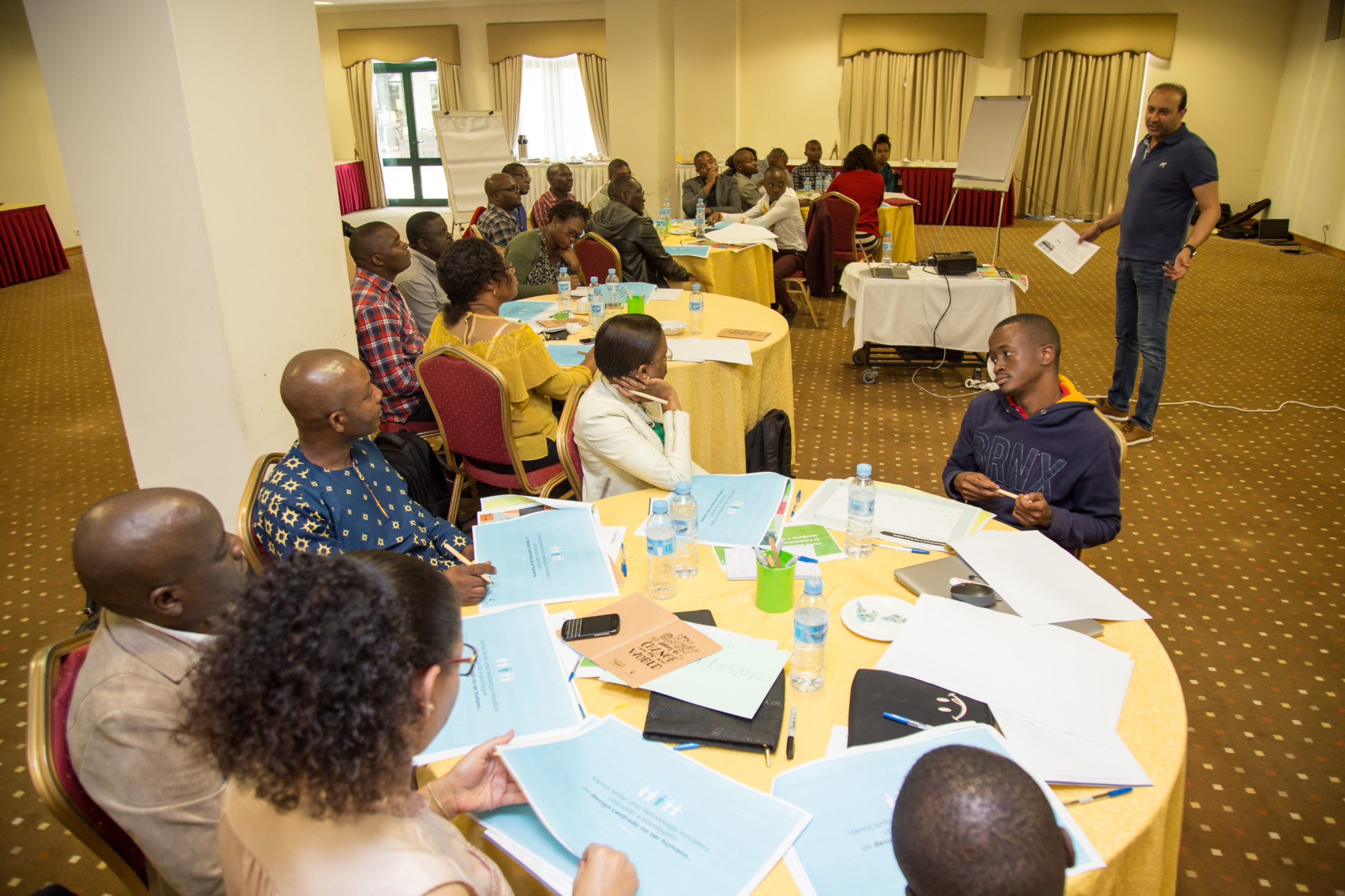
Let’s start with the basics
The workshop started by immersing participants into a rapid design challenge that allowed them to get a flavor of the various steps in a typical human-centered design (HCD) process.
We started by introducing participants to the basic steps of a design process through an experience where, in pairs, they would design a new way for their partner to carry their everyday items (such as money, IDs, credit cards) — but with a caveat: they had to create something that would be tailored to answer the needs, context, and reality of their partners’ everyday life.
Working in pairs, each participant would interview their partner and seek stories to understand what they care about, in order to create something that would matter to them. Lastly, they would create prototypes to allow the partner to engage and experience the solution.
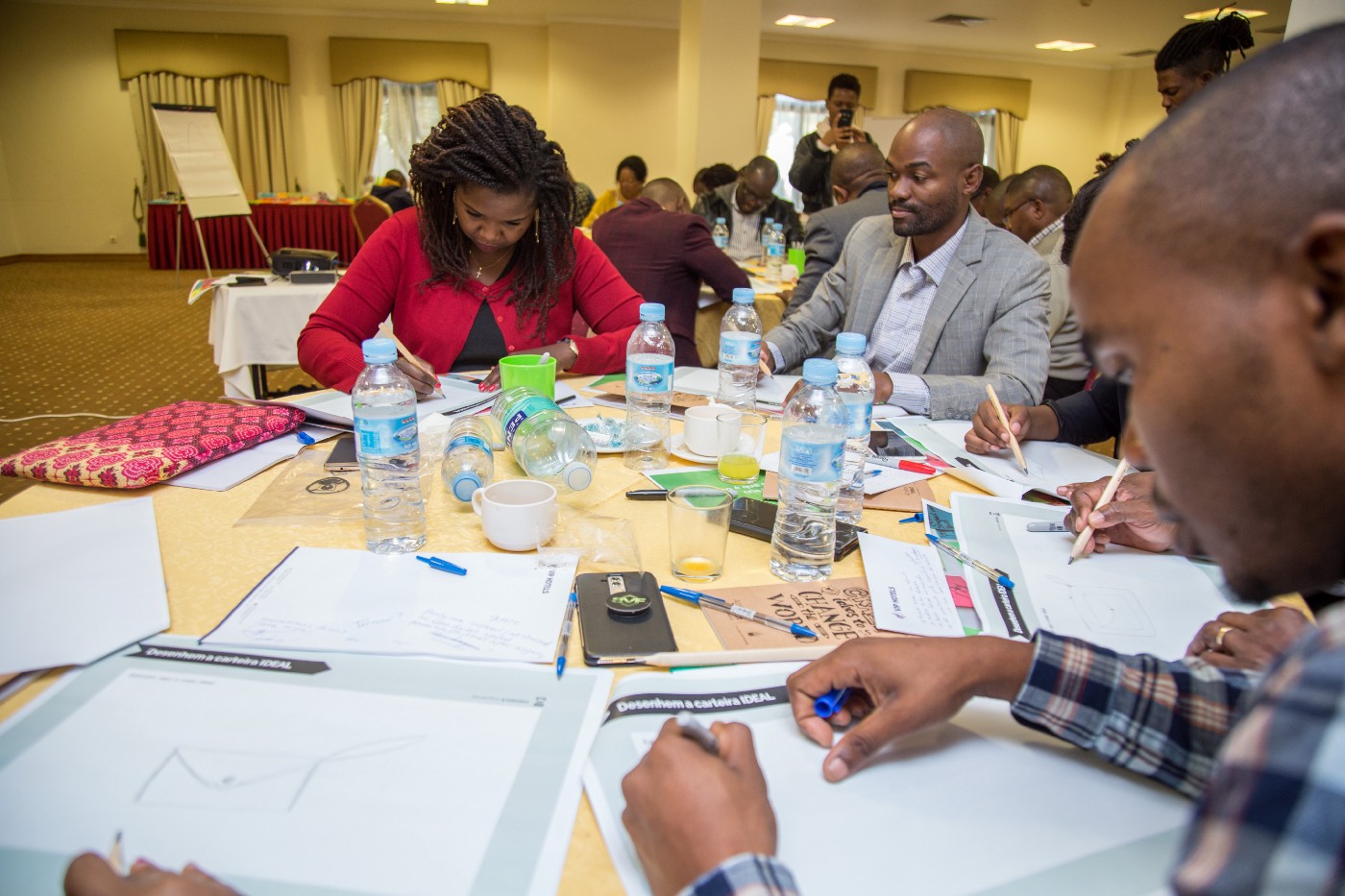
Several creative solutions surfaced, from mobile apps, virtual wallets, hidden vests, backpacks, all-in-one IDs, safety belts, and many other gadgetry items.

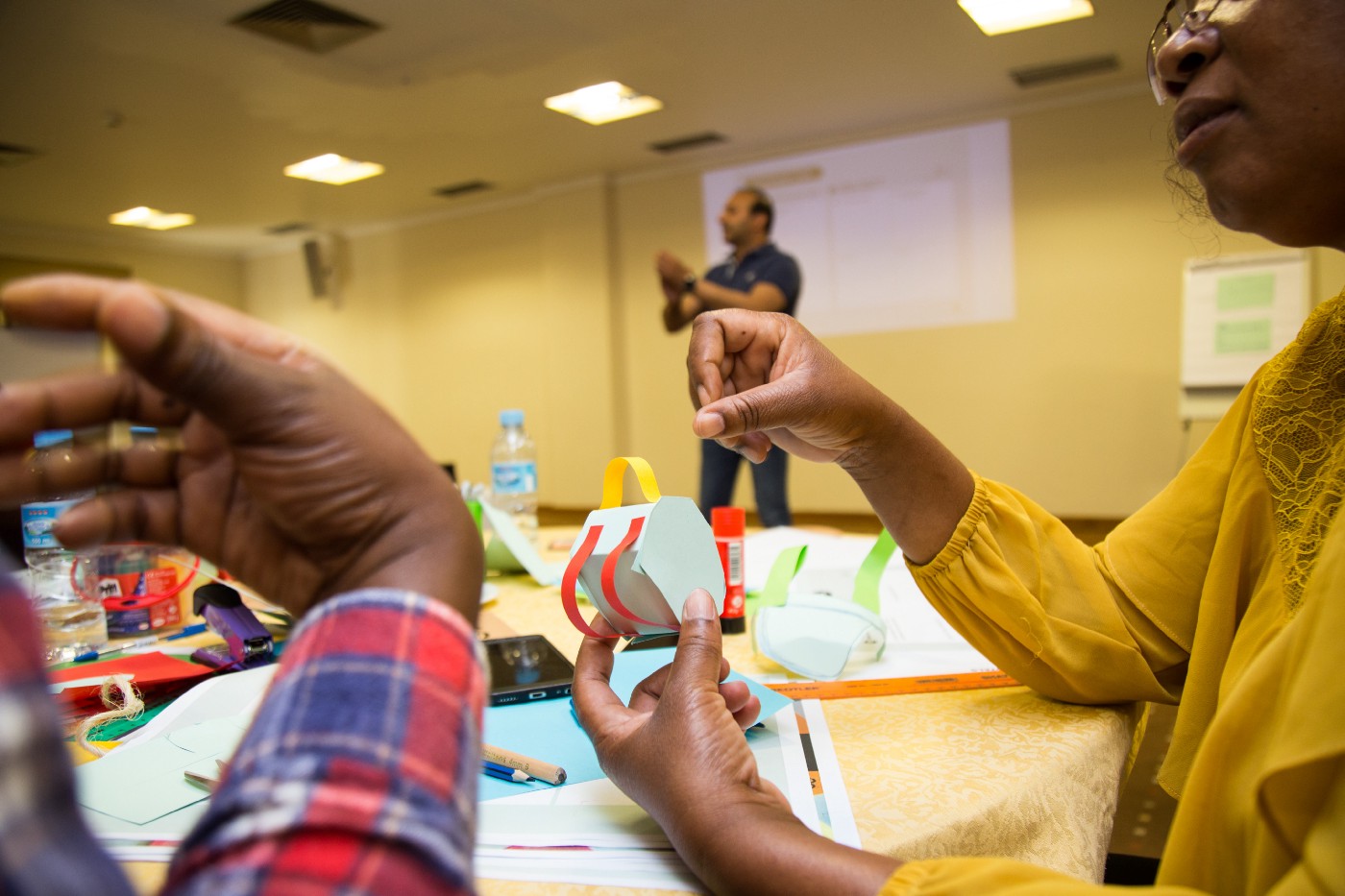
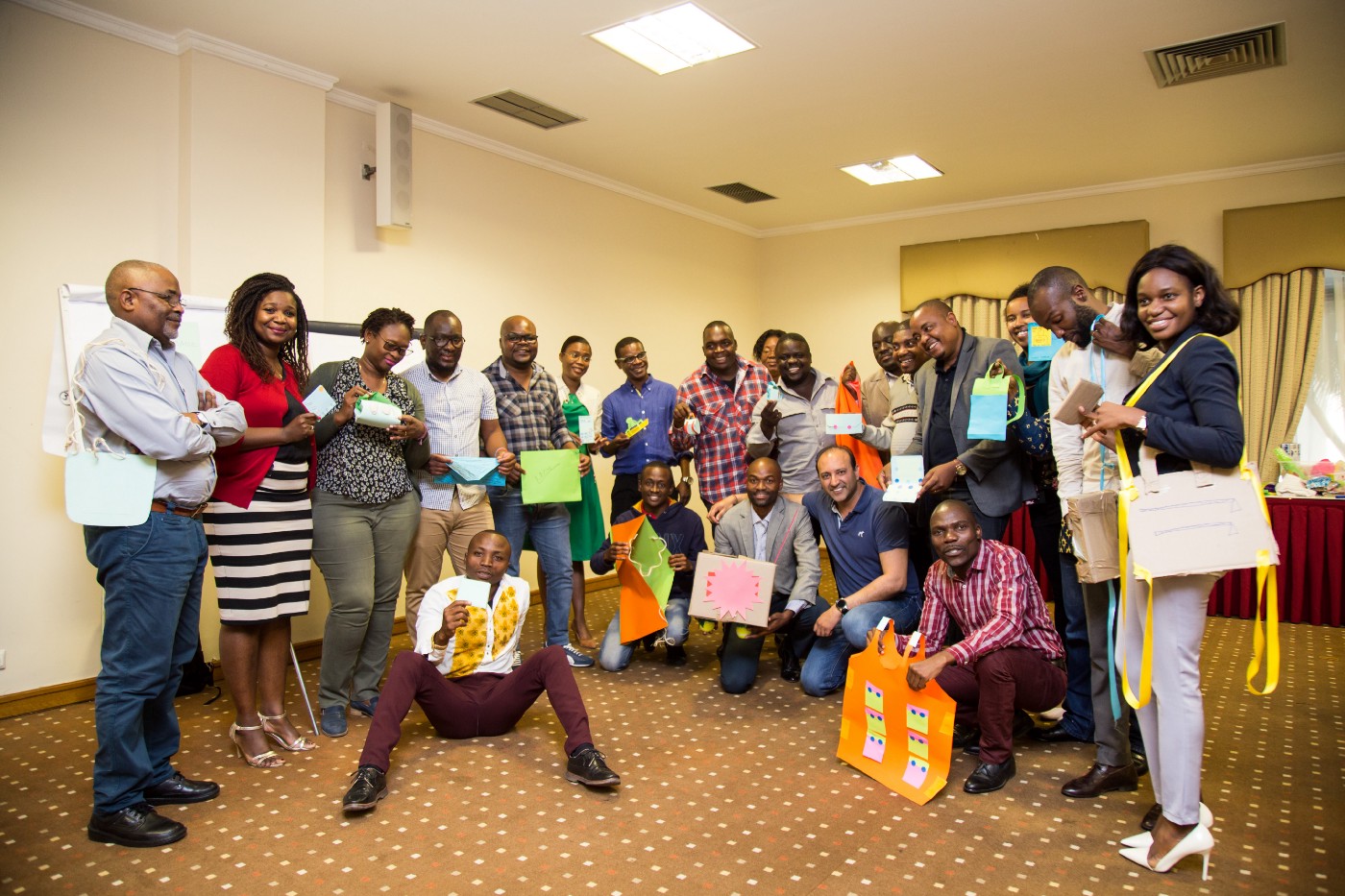
A new, more complex challenge
Then, a new challenge was brought for participants to work on: Around the world, a large part of the population (including children) are suffering from obesity with severe consequences for our health. What can we do to help solve this challenge?
Participants were challenged to create ways to inspire households to adopt more healthier eating habits. In the next 2 days they would learn and practice using human-centered design as a process to find innovative and impactful solutions to solve this problem.
Understanding the problem
As with any challenge, we always start by understanding the problem before thinking about possible solutions. The participants formed teams and started digging into the problem, gathering existing knowledge and assumptions while identifying what they were curious to learn.
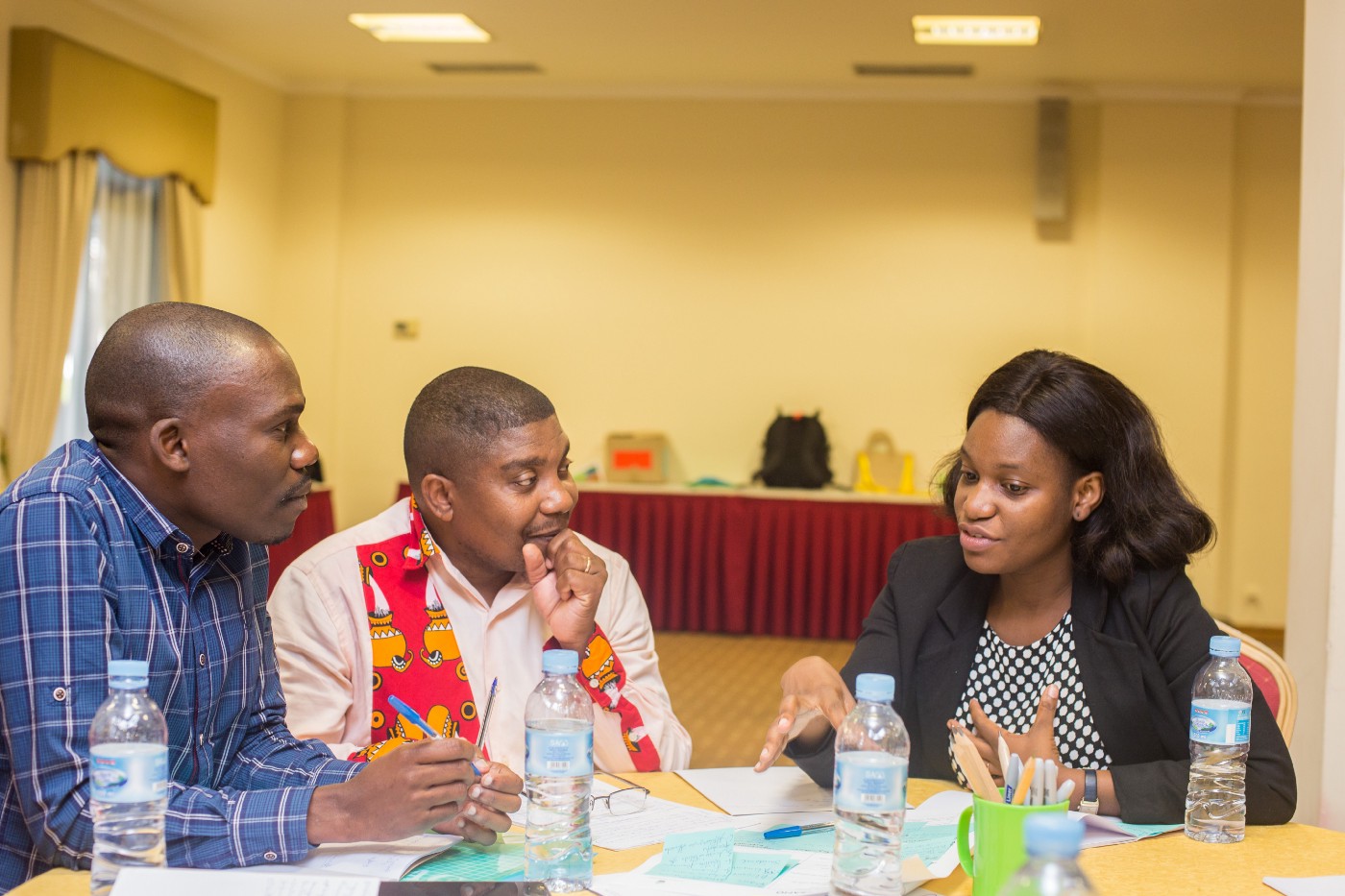
After some very lively discussions, teams put together a research plan and went “out of the building” to interview and engage in conversations with real “users” in order to build empathy for those they were designing for.
Engaging with those we are designing for
Some groups talked to youth, others interviewed women who were selling street food, making sure they included the mainstream users but also the “extremes” — those groups typically on the fringes and more likely to be marginalized by our solutions, such as elderly or ones with existing medical conditions.
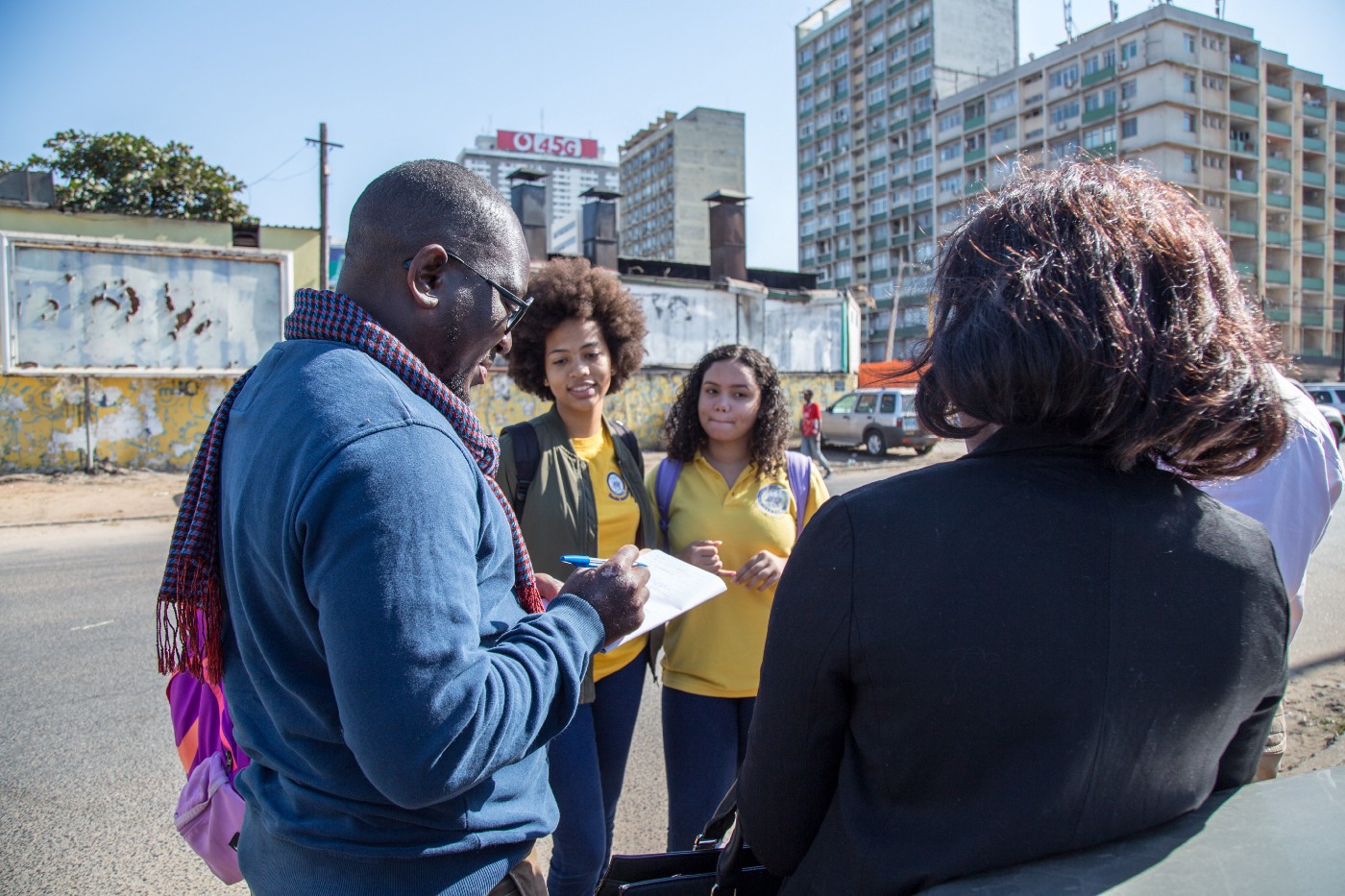
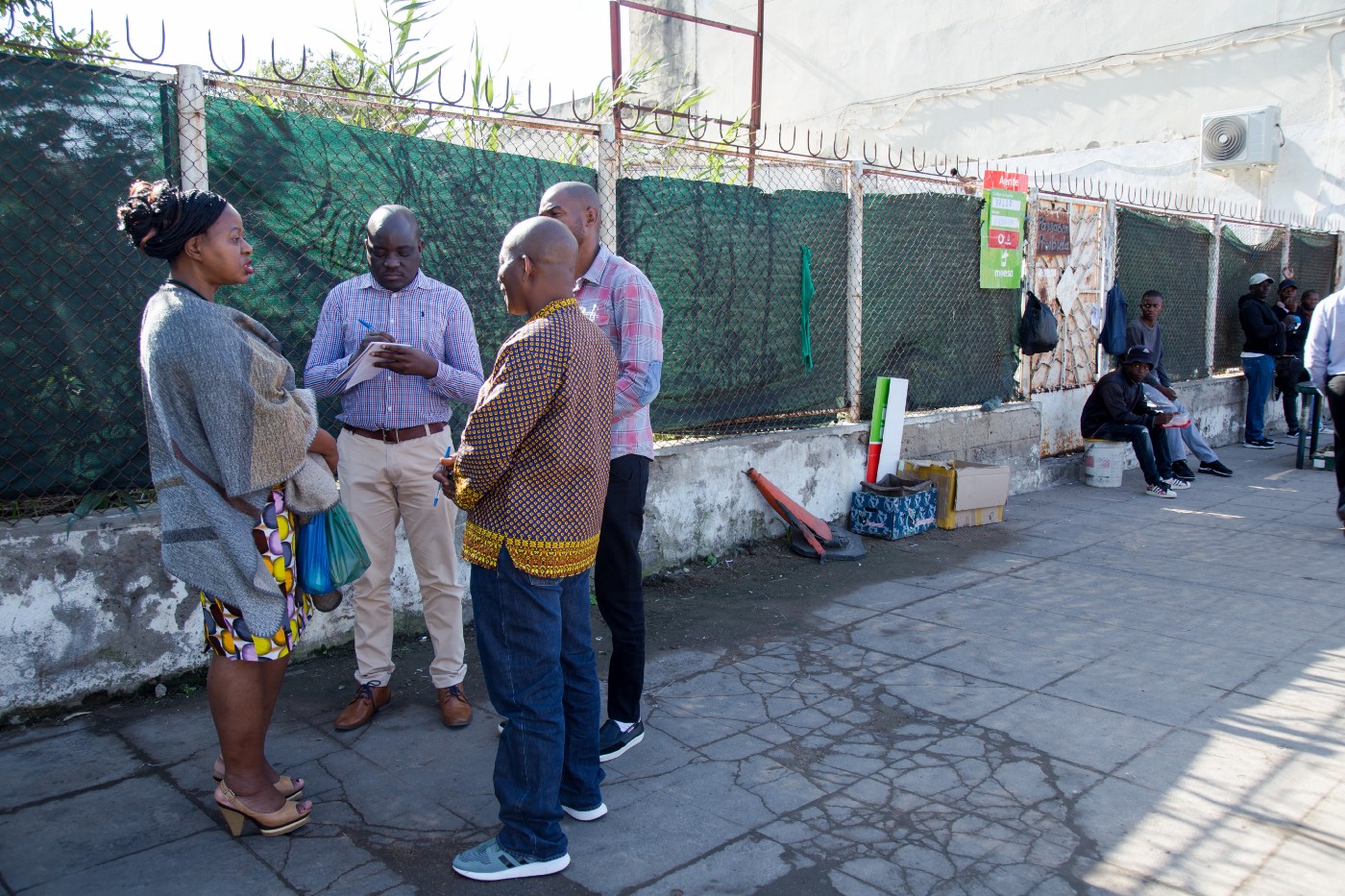
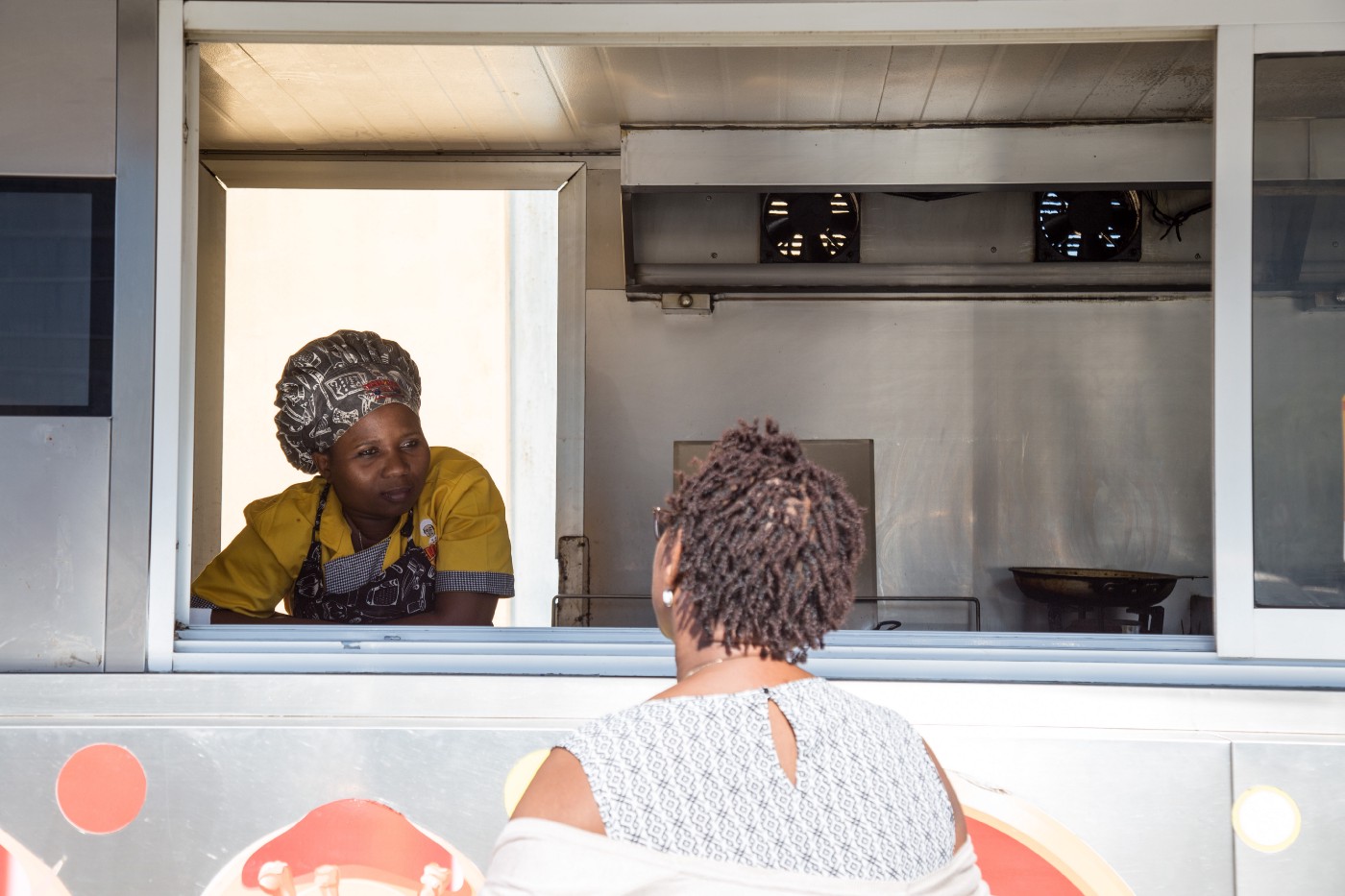
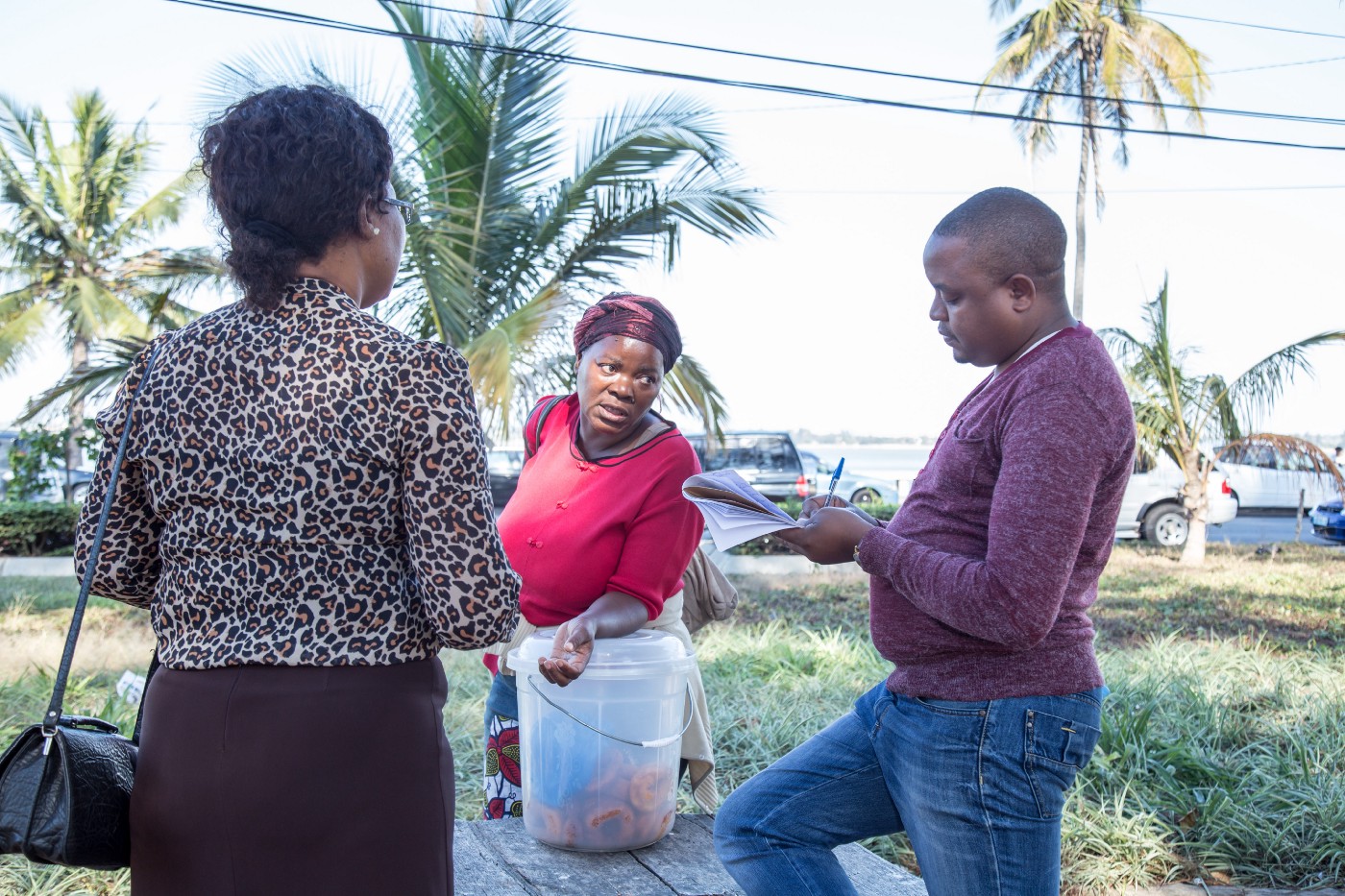
Finding the right problem to solve
Teams came back very energized and started to share within their groups the interesting stories they heard. Walls started to become populated with Post-Its that contained quotes, observations, and insights into people’s behavior around food.
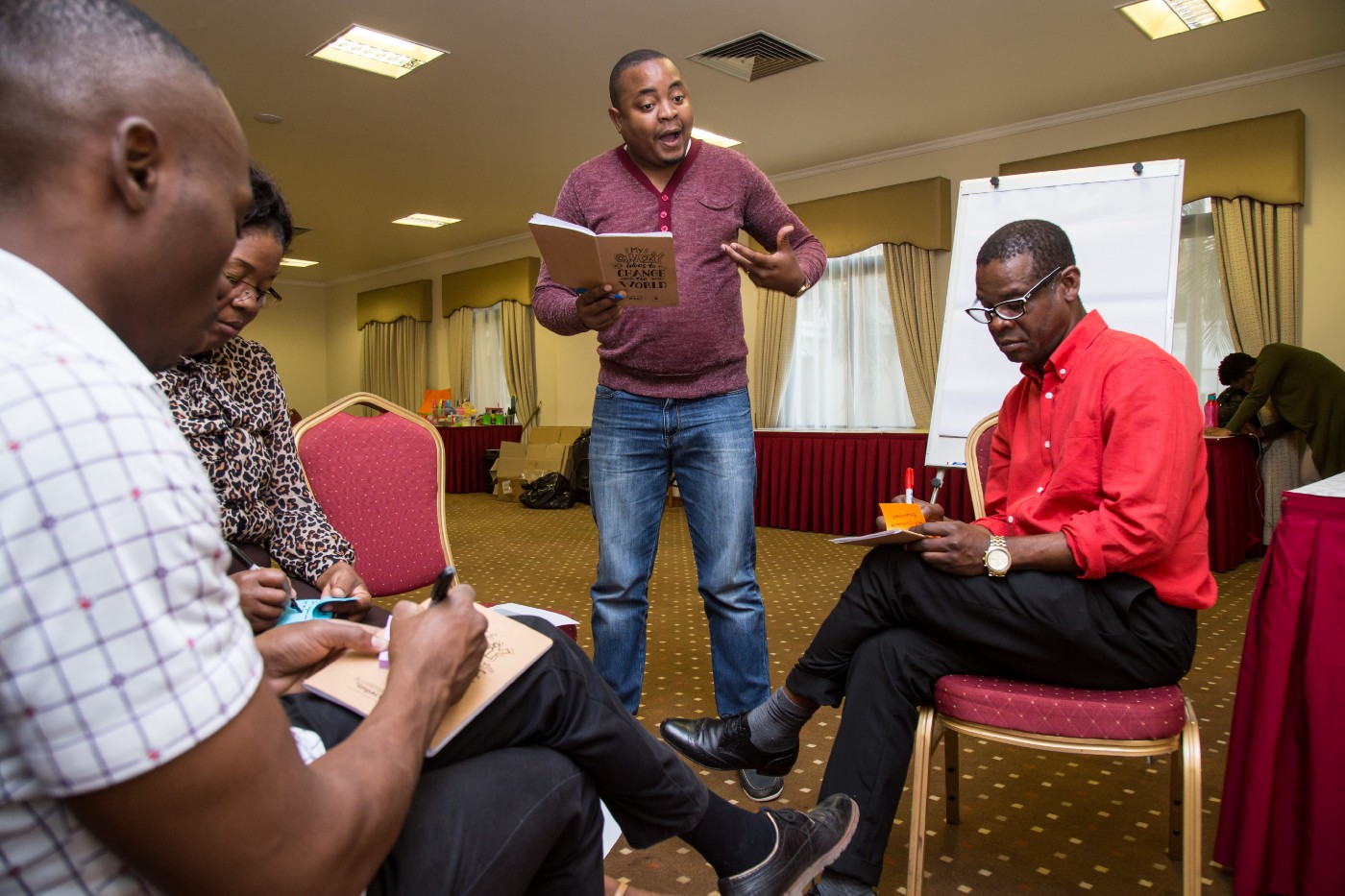
Making sense of all the data is usually a very messy process, but it is in this chaos that participants find the gems of information that will spark new ways to understand the problem at hands.

Themes like lack of financial resources to buy healthy food, accessibility issues, not having the time due to a busy work schedule, family power dynamics, and many others surfaced as potential causes for the problem.
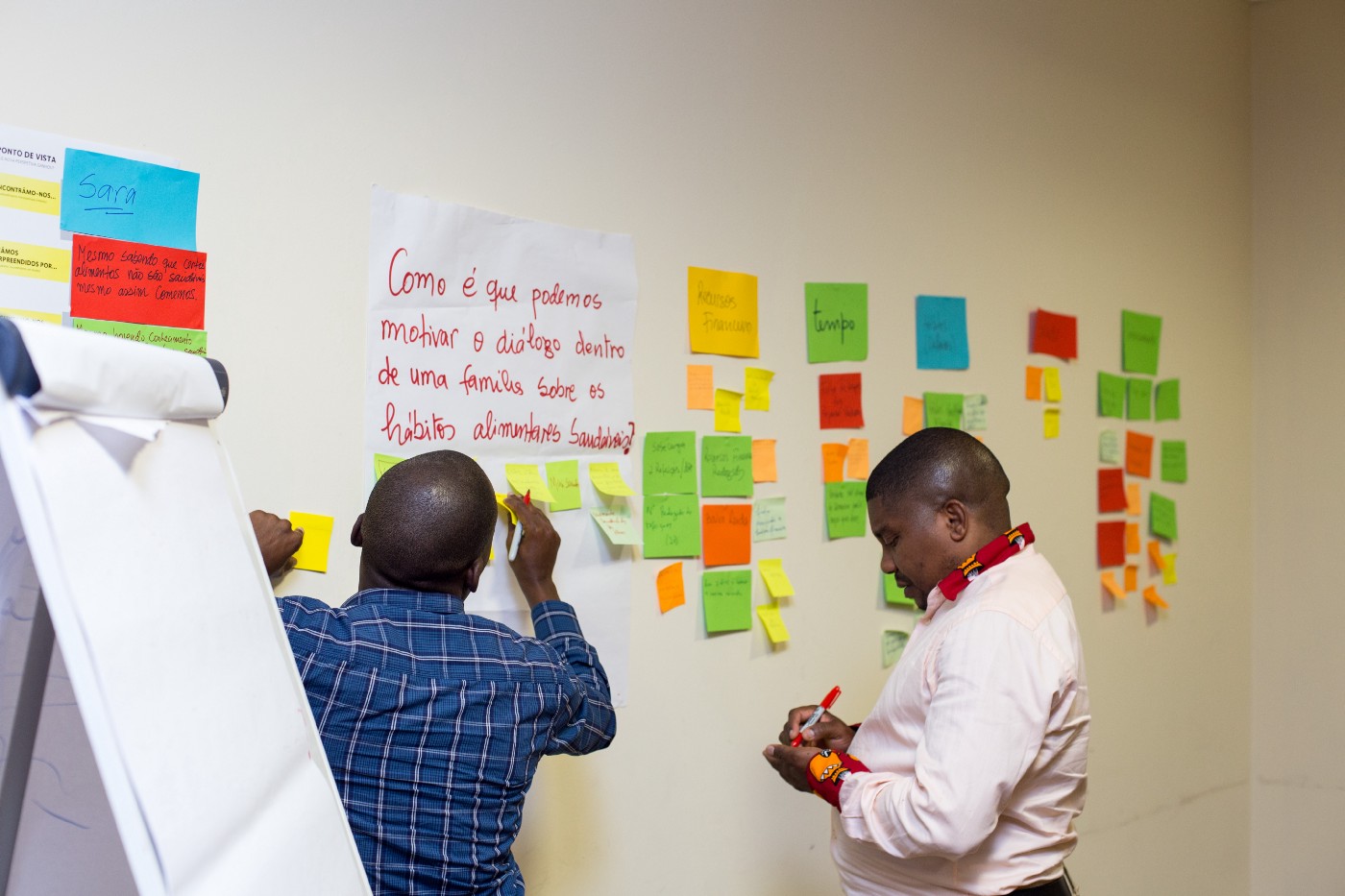
Usually, the best insights are contained in observations or something people said that was surprising (“I believe packaged food is the healthiest”) or contradicting (“I only eat what I shouldn’t eat.”).
Participants were asked to create a point of view that would allow them to look at the problem with a new perspective. From there, each group reframed the initial problem — a specific statement that inspired the team to generate ideas and solutions.
One group focused on the query, “How might we help people prepare healthy dishes with local, highly available ingredients?” Another decided to look at the problem from a different angle: “How might we support people with low income to make smarter food choices” Still another understood that the root of the problem was on the flavor and asked themselves, “How might we make healthier food more attractive and tastier?”
The last group went on to ask, “How might we promote dialogue within the family to enable more healthy eating habits?” Clearly this group understood that it is very difficult to change behaviors alone and promoting dialogue within the family could be an effective way to make that change more sustainable.
Brainstorming multiple ideas
Tired, but very motivated to start brainstorming, teams went wild using various ideation techniques to create multiple possible solutions for their new, reframed problem. Hundreds of ideas were imagined and ultimately, each group selected one that seemed desirable, feasible, and sustainable within the context of Mozambique.

Getting their hands dirty
After the very painful process of selecting one idea among 50 others, teams started to further develop their concepts by creating storyboards. Storyboards are like comic book strips that show how the user interacts with their product or service over time. This is a very useful step to let the group work out the details of the solution.

At this stage, participants were asked to make their solution real — to get their hands dirty building prototypes, which are tangible versions of their products or services. Prototypes are a way to bring the future to the present, to allow us to test whether our ideas align with what users want. It brings us closer to knowing what works, what doesn’t, and why.

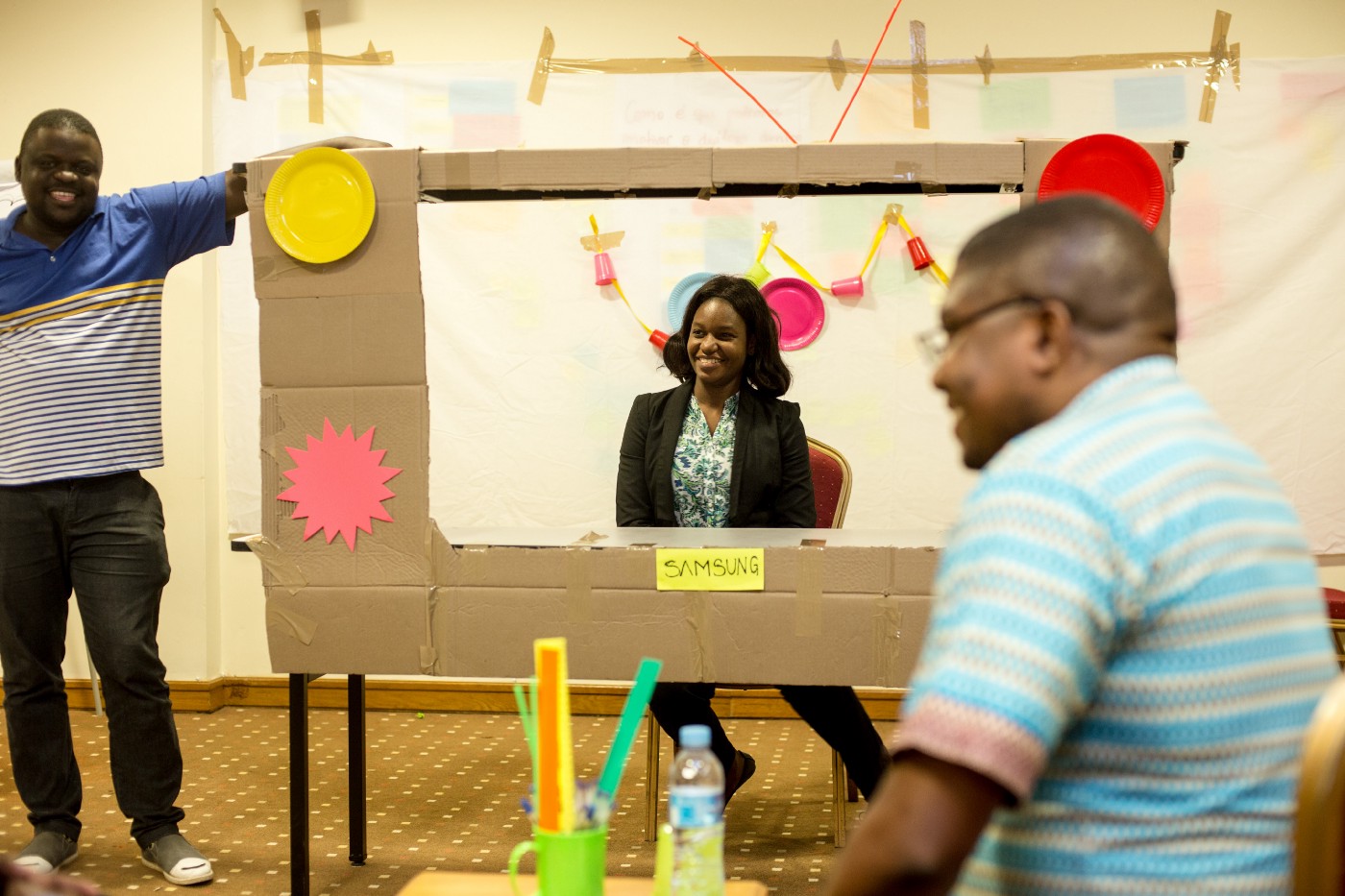
The moment of truth
The tension was building up, since so far, all ideas seemed great; but the best ideas in the world are worthless until they are tested. Now it was the time to get their ideas critiqued by real users. It was the moment of truth, where we would bring four guests to act as test users to experience their solutions and provide feedback.
Usually this is a painful moment when you realize that your idea is not as amazing as you initially thought and that many elements of it can be improved. I was impressed by how open the participants were to listen and learn instead of trying to “sell their idea.” Testing with your prototypes is probably the best way to learn about your solution and the people you are designing for.

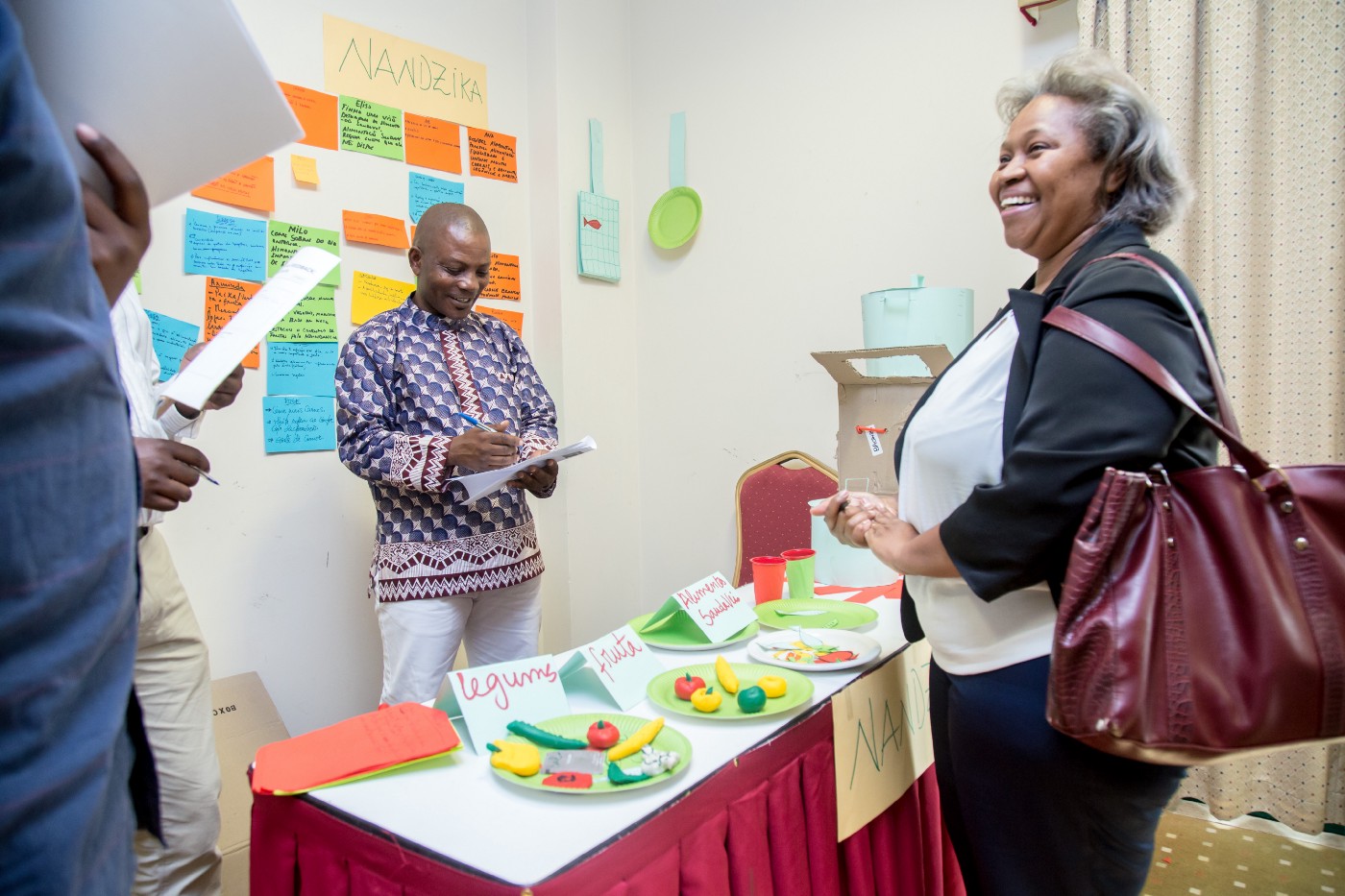
Storytelling
Now was the moment to practice how to present their solution to potential donors or investors. Each group was asked to prepare a pitch. They also had to perform a role play to make their solution more understandable. This was so much fun!

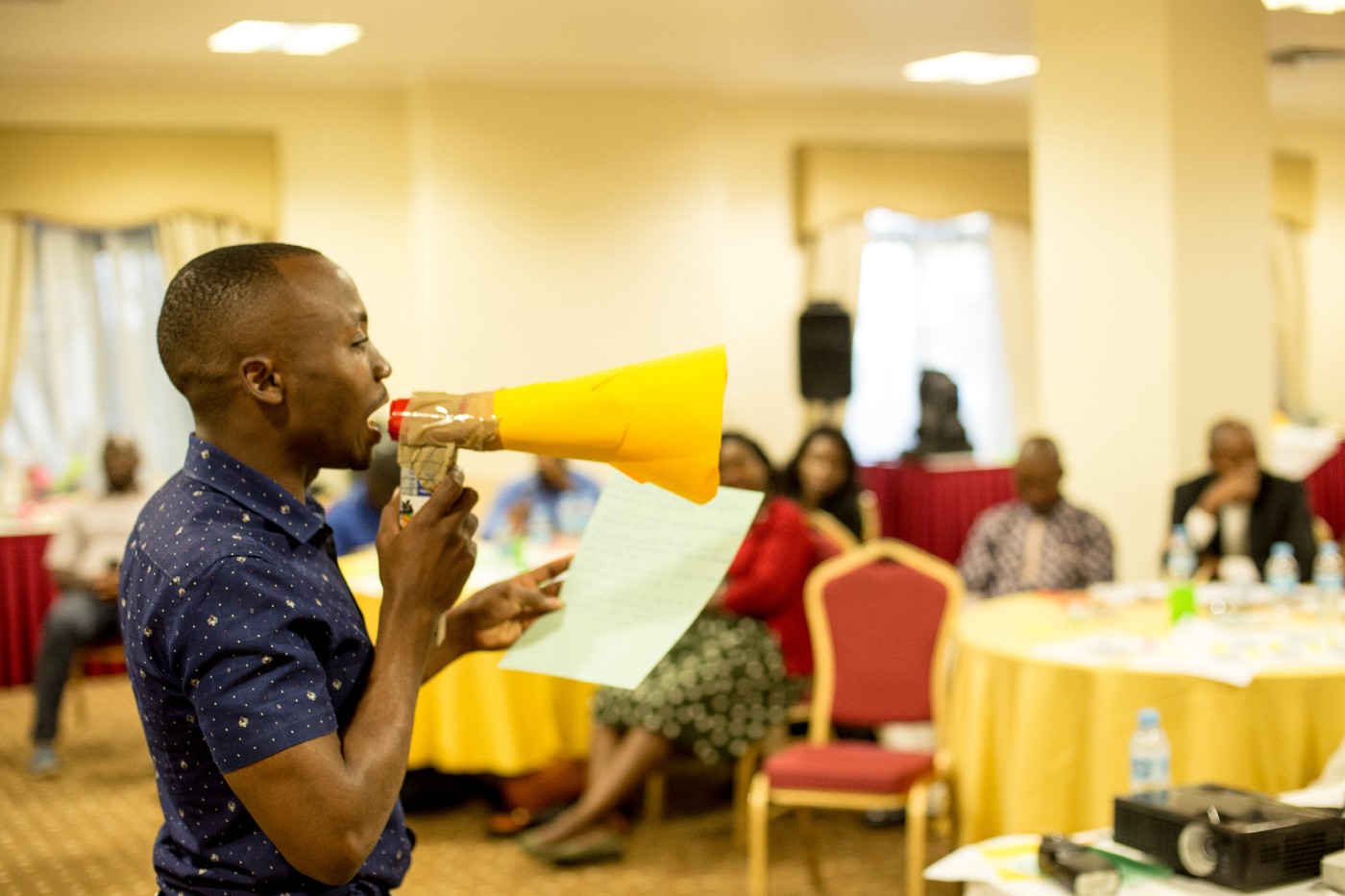
The solutions
At the end of the workshop, the four teams came up with very different solutions. Though all the groups started with the same initial problem to solve, they ended up navigating very different solution spaces.
One group created a TV show with the goal to raise awareness and promote dialogue within the family about healthy eating habits.
Another group created a mobile app featuring accessible food stalls that would make healthier food as easy to acquire as fast food. For example, you order in advance and by the time you get to the stall, the food is ready.
Not all ideas focused on the same target group. While the previous idea was targeting university students and young professionals, the next group focused on families with low income.
Finally, the last group created a concept that focused on elevating existing ingredients that are healthy but somehow are not valued by communities. An example would be the sweet potato leaves. We learned that they are very tasty (if properly cooked), nutritious, healthy, and widely available, but people tend not to use them. The concept was to create community demonstrations of how to cook these ingredients and get them to ‘taste test’ in order to increase adoption.
Ideas are contagious
Ultimately what really matters is not this specific challenge or a particular idea. This was just an exercise to practice how to use some of the human-centered design methods and think like a designer. We hope to infuse sufficient energy and knowledge to inspire these innovators to go back to their organizations and start driving change from within. Ideas are contagious, and I hope the innovation bug has bitten them by now. The passion, the commitment, the purpose, all the healthy ingredients to bring change to Mozambique were there. Now it’s time to put it into action!
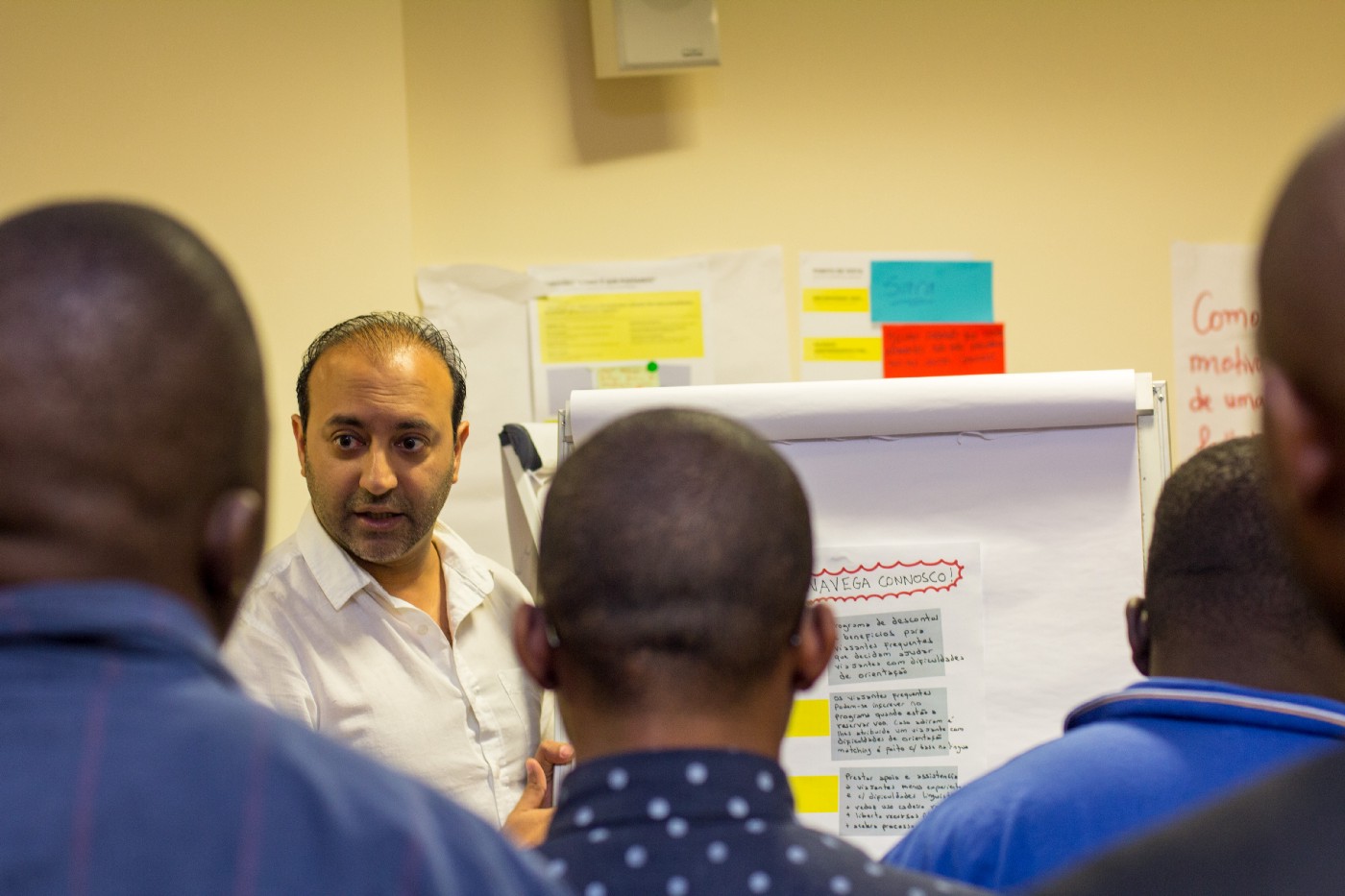
As a Global Innovation Lead for the Aga Khan Foundation, I work with hundreds of colleagues and get exposed to a lot of new ideas and project concepts. But even with all that exposure and having facilitated dozens of design workshops, people still manage to surprise me all the time. This amazing group of participants impressed me with their work, ideas, and ingenuity. Human creativity has no limit and we can always find a better way to do things.
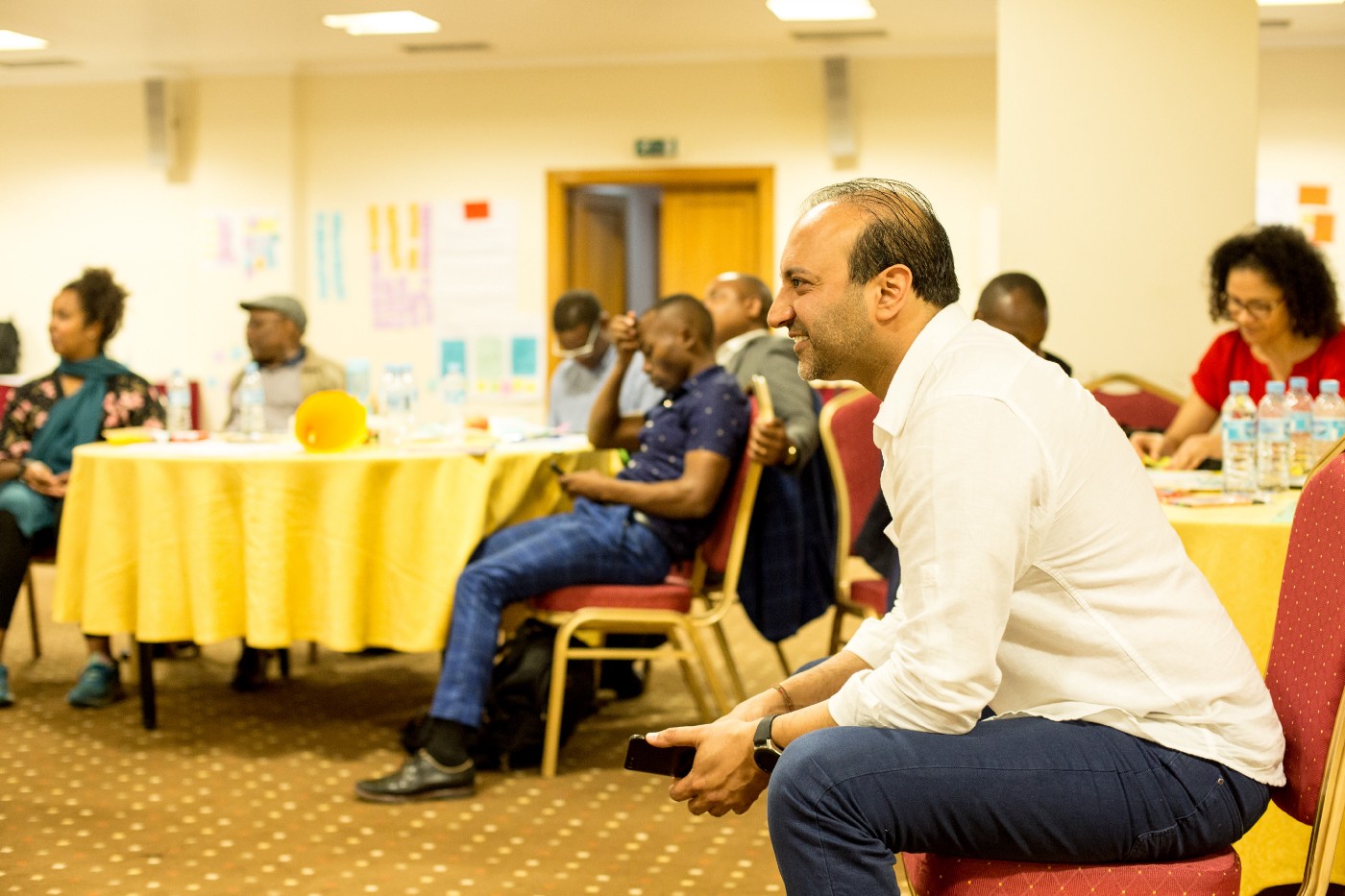
And by the way, we still managed to have loads of fun!
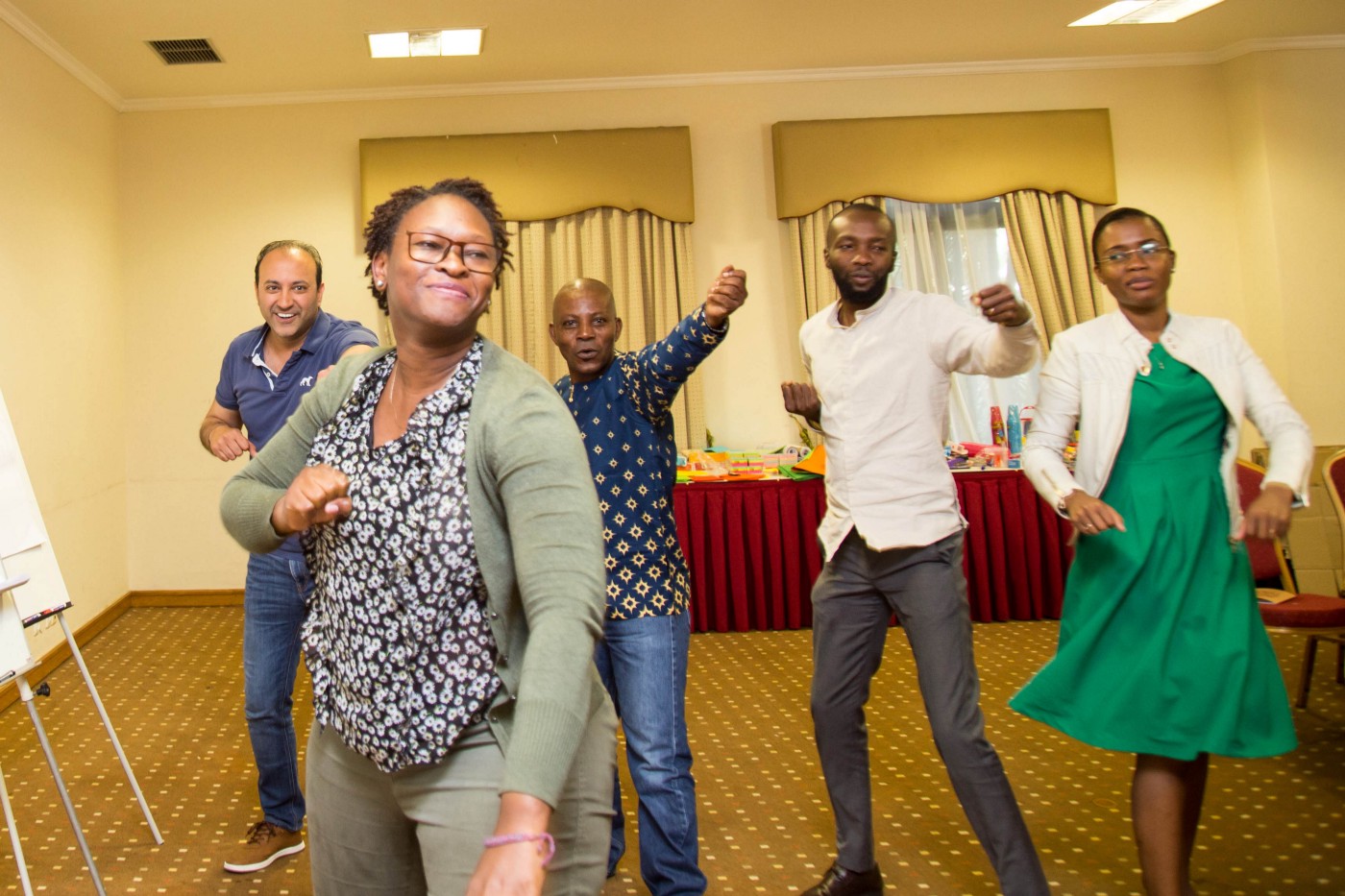
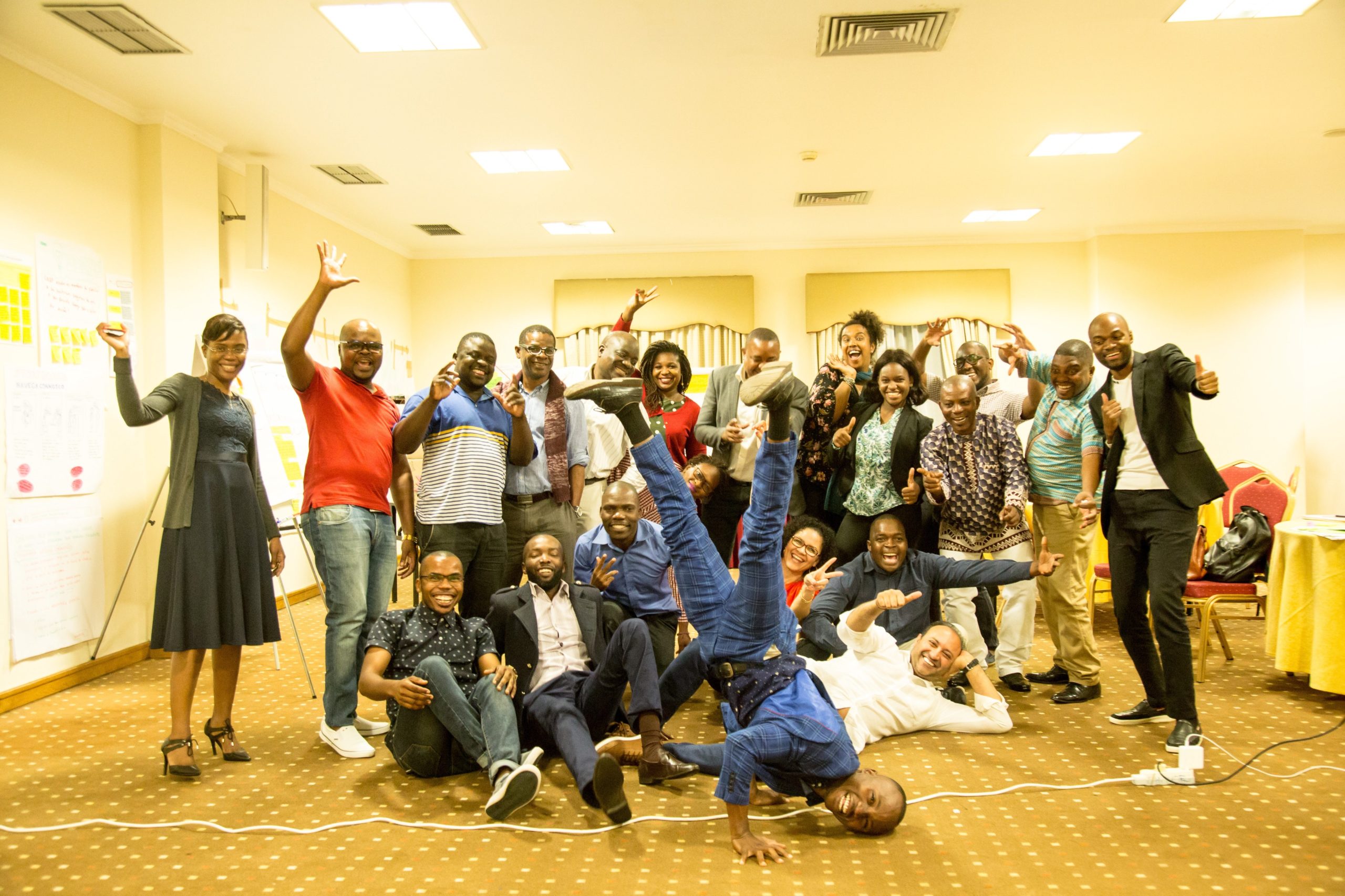
Originally written by Munir Ahmed for Accelerate Impact. Accelerate Impact is a global initiative from the Aga Khan Foundation that sparks the co-creation of innovative solutions with communities to increase our collective impact.


Support our work Your donations are helping us build a future where we all thrive together.